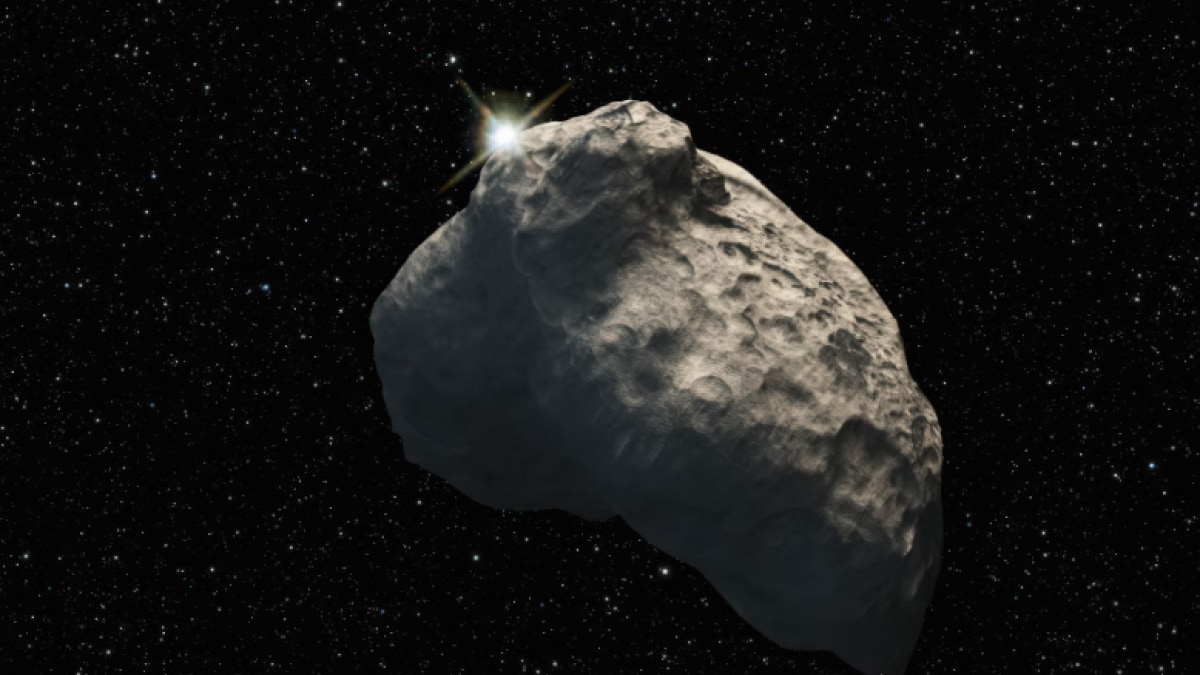2024-08-17 05:43:05

Recent research has provided new insights into the asteroid that struck Earth 66 million years ago, causing a mass extinction event that led to the end of the dinosaurs. Scientists have now identified this impactor as a carbon-rich “C-type” asteroid, a type of space rock that likely originated in the asteroid belt between Mars and Jupiter. By examining ruthenium isotopes found in the global debris layer left by the impact at the Chicxulub impact crater, researchers have determined that the asteroid’s composition is distinct from Earth’s natural materials. The understanding into the constituents of the asteroid is also expected to help researchers learn about similar future asteroid strikes.
Ruthenium Analysis Points to Asteroid Origin
The research team, including Mario Fischer-Gödde from the University of Cologne, specifically focused on ruthenium because of its scarcity in Earth’s crust, making it an excellent marker for extraterrestrial material. By analyzing samples from locations in Denmark, Italy, and Spain, the team found a consistent isotope composition that matches that of carbonaceous asteroids.
This discovery is significant as it discounts other theories that had suggested the impactor might have been a comet or that volcanic eruptions, such as those from the Deccan Traps, were responsible for the presence of rare metals like ruthenium in the debris layer. The uniformity of the isotope composition across different geographical locations strengthens the case for the asteroid’s extraterrestrial origin.
Asteroid Belt or Oort Cloud: The Likely Source
The study suggests that the asteroid most likely originated from the asteroid belt located between Mars and Jupiter. A collision between two asteroids in this belt may have sent a fragment on a trajectory that ultimately led it to collide with Earth.
However, the possibility that the asteroid came from the more distant Oort cloud, a region that surrounds the solar system, has not been entirely ruled out. This uncertainty leaves room for further exploration and research to better understand the origins of such catastrophic events.
Impact on Our Understanding of Earth’s History
Dr. Craig Walton of the University of Cambridge, though not directly involved in the study, told The Guardian about the significance of this research in advancing our understanding of Earth’s history. While there are still unanswered questions about the exact origins of the asteroid, the study provides crucial insights into the nature of the celestial objects that have played a dramatic role in shaping the planet’s evolutionary path.
These findings contribute to a broader understanding of how such events have influenced the development of life on Earth, offering new perspectives on the vulnerability of our planet to cosmic impacts.
asteroid dinosaur extinction c type carbon rich constitution space rock study asteroid,dinosaur,earth,solar system,mars,jupiter,oort cloud
Source link
![]()
